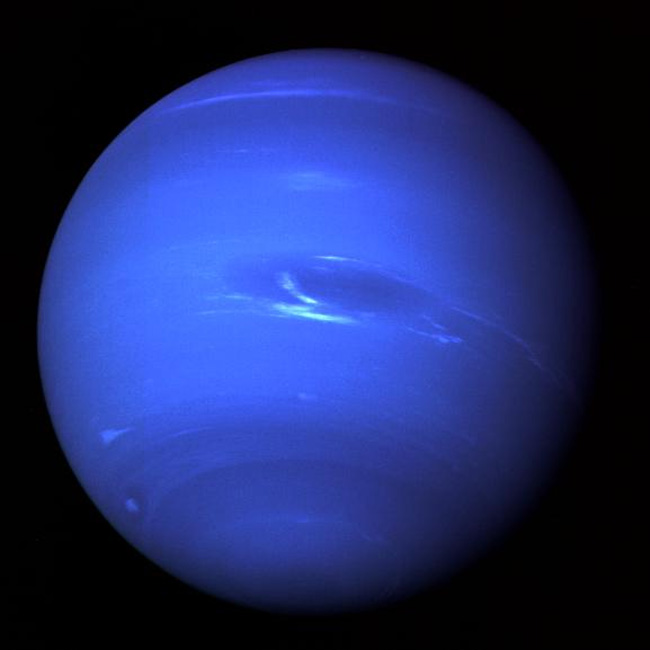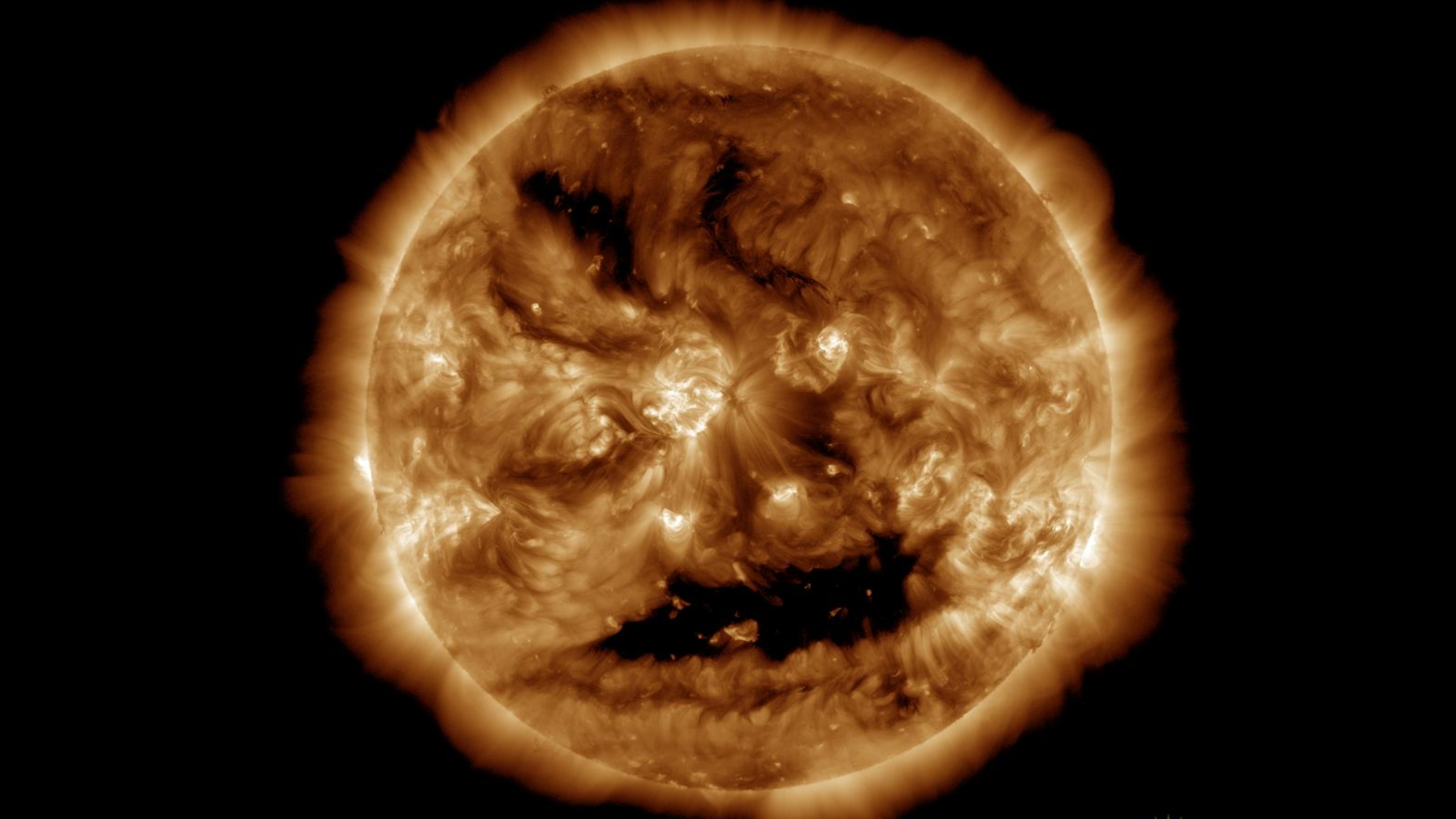New Theory: Galileo Discovered Neptune

History books tell us that the planet Neptune was found in the mid-1800s after years of speculation and search.
But in 1613, more than two centuries before Neptune was officially discovered, Galileo Galilei knew he had found it, according to a new theory by University of Melbourne physicist David Jamieson.
Jamieson has been studying Galileo's notebooks and found some interesting, buried notations that suggest the great astronomer – then working with a crude, early telescope he crafted himself – was onto something big.
It has long been known that Galileo observed Neptune, but it was thought that he discounted the object as a star and gave it no further thought. But it turns out Galileo may have known the "star" had moved in relation to other stars, Jamieson reveals. That sort of movement would have caught Galileo's attention, since he knew that it was just the sort of thing planets did.
Controversial discovery
Neptune, the farthest planet from the sun (assuming you don't count the recently demoted Pluto), is hard to spot even today. It is not visible to the naked eye. But this week, by coincidence, Neptune is well positioned near the easy-to-find Jupiter, making Neptune findable with binoculars or a small telescope.
Neptune's history of discovery has been controversial from the beginning.
Breaking space news, the latest updates on rocket launches, skywatching events and more!
Uranus had been discovered before Neptune, and observations suggest it was under the gravitational influence of another planet, farther out in the solar system, says Geoff Gaherty, who runs the Foxmead Observatory in Canada and writes skywatching articles for Starry Night Education and SPACE.com.
"Predictions of the position of this new planet were made by [British mathematician] John Couch Adams in 1843 and [French mathematician] Urbain Le Verrier in 1845-1846, but both mathematicians had great difficulty in persuading any astronomer to actually look for the planet," Gaherty explains. "Finally on September 23, 1846, a German astronomer, Johann Gottfried Galle, used Le Verrier's chart to actually locate and observe Neptune. This led to a major controversy as to which country should be credited with the discovery; ultimately the honor was shared."
The notebook
Galileo was observing the four large moons of Jupiter — now named for him — in the years 1612 and 1613. Over several nights, he also recorded in his notebook the position of a nearby star that is not in any modern catalogues, Jamieson explains.
"It has been known for several decades that this unknown star was actually the planet Neptune," Jamieson said. "Computer simulations show the precision of his observations revealing that Neptune would have looked just like a faint star almost exactly where Galileo observed it."
But unlike stars, planets orbit the sun. So planets move through our sky different than the relatively fixed background of stars.
On the night of Jan. 28, 1613, Galileo wrote in his notebook that the star we now know is the planet Neptune appeared to have moved relative to an actual nearby star, Jamieson said. He added: There is also a mysterious unlabeled black dot in his earlier observations of Jan. 6, 1613, which is in the right position to be Neptune.
"I believe this dot could reveal he went back in his notes to record where he saw Neptune earlier when it was even closer to Jupiter but had not previously attracted his attention because of its unremarkable star-like appearance," Jamieson said.
If the mysterious black dot on Jan. 6 was actually recorded on Jan. 28, Professor Jamieson proposes this would prove that Galileo believed he may have discovered a new planet.
More evidence?
It might be possible to date the entry by doing a chemical analysis of trace elements on the page, he hopes, and he aims to do that later this year.
"Galileo may indeed have formed the hypothesis that he had seen a new planet which had moved right across the field of view during his observations of Jupiter over the month of January 1613," Jamieson said.
Or, perhaps there are other clues waiting to be found.
"Galileo was in the habit of sending a scrambled sentence, an anagram, to his colleagues to establish his priority for the sensational discoveries he made with his new telescope," Jamieson notes. "He did this when he discovered the phases of Venus and the rings of Saturn. So perhaps somewhere he wrote an as-yet un-decoded anagram that reveals he knew he discovered a new planet."
He presented his new theory in a series of lectures this month as part of the 2009 International Year of Astronomy.
- How to Find Neptune in the Sky
- New Astronomy: Romance Fades as Technology Takes Over
- The Greatest Modern Minds
Join our Space Forums to keep talking space on the latest missions, night sky and more! And if you have a news tip, correction or comment, let us know at: community@space.com.

Rob has been producing internet content since the mid-1990s. He was a writer, editor and Director of Site Operations at Space.com starting in 1999. He served as Managing Editor of LiveScience since its launch in 2004. He then oversaw news operations for the Space.com's then-parent company TechMediaNetwork's growing suite of technology, science and business news sites. Prior to joining the company, Rob was an editor at The Star-Ledger in New Jersey. He has a journalism degree from Humboldt State University in California, is an author and also writes for Medium.
